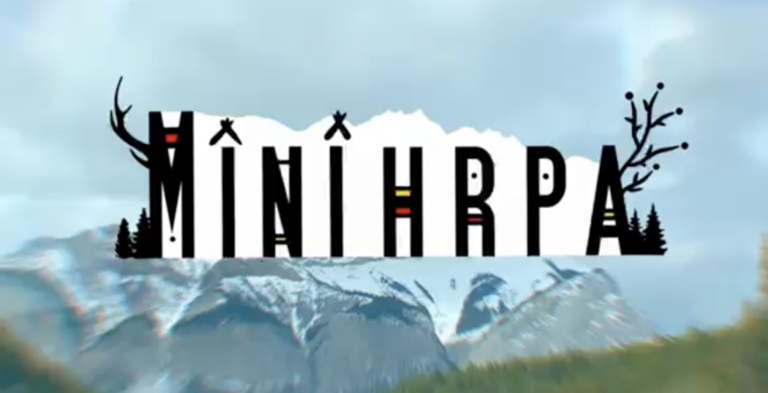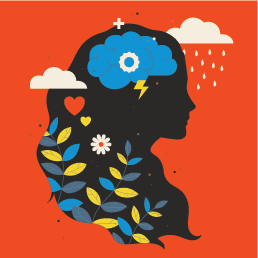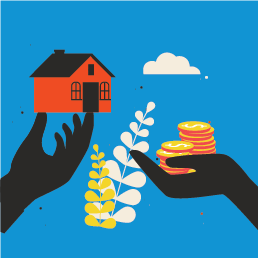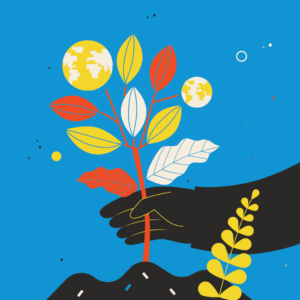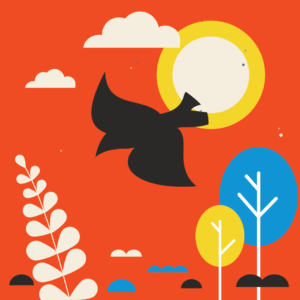Reconcili-ACTION
Reconcili-ACTION
- Reconcili-ACTION is a new word. It is about the actions Indigenous and non-indigenous communities need to take together to help create and restore friendly relations. Taking actions to make different worldviews equitable and just with one another, learning to be a better ally, and ensuring Indigenous elders and community leaders are not burdened with the work are examples of Reconcili-ACTION provided by Bow Valley civil society in this initiative].
The findings in Phase 1 and 2 of the Moving Mountains Initiative revealed ‘Reconcili-ACTION’ as a high opportunity area for collaborative solution building. Bow Valley civil society indicated a need to collaboratively build solutions that,
- Help Bow Valley civil society to take meaningful steps towards Reconcili-ACTION by learning “True histories of the Bow Valley”, “Owning Truths”, holding “Community Presence”, and advancing “94 Calls to Action’.
- Help Bow Valley civil societies to centre Indigenous youth in changemaking work, empowering voices and perspectives of young people, and by offering them opportunities, support, encouragement and care.
- Support Indigenous civil societies to identify and create sovereign spaces and Indigenous-led places for community togetherness in Banff and Canmore
- Create opportunities for Bow Valley wide celebration of Stoney Nakoda art, culture, and story, and the culturally appropriate sharing of Indigenous cultures and worldview.
- Support development of Indigenous support services including safety, food, transportation, recreation and wellbeing.
- Advance and grow Indigenous economy and Indigenomics. Indigenomics is a new word that is about approaching economics from an Indigenous worldview and honors the powerful thinking of Indigenous wisdom of local economy, relationships and human values.
In Phase 2 of the Initiative, a Learn and Try Group was activated to address these issues. The Moving Mountains Initiative provided financial, administrative, and human resource support to this Learn and Try Group, fostering the emergent ideation and prototyping of a first ever Indigenous-led pop up Cultural Centre in Banff, AB. The group identified challenge and solution spaces, and discussed the three community needs that were identified by Indigenous and non-Indigenous civil societies in Phases 1 and 2 of Moving Mountains: 1) the need for an Indigenous advisory, 2) the need to celebrate and share Stoney culture, art and worldview, and 3) the need for Indigenous-led spaces in Banff and Canmore, to help communities to gather, share and learn.
A collective idea emerged – that of incubating an Indigenous Cultural Centre in Banff, AB. The group discussed an Indigenous cultural centre as a way forward that could address all three needs as identified by civil society as above. With Nakoda language guidance from community leaders Travis Rider and Cory Beaver, the group named the Indigenous Cultural Centre Mînî hrpa (Stoney word for Banff site), and used Stoney Nakoda words Oyade (building of intentional relationships in this place, town) Gitchi (partner) Yabi (going, doing) and Ti (house) to describe the Indigenous Cultural Centre in Banff. Mînî hrpa centres Indigenous voice, perspective and leadership. These things are needed to advance Truth and Reconciliation in Banff and Canmore today. The collaborative work of this group is in continued development. For news and information on their progress, please visit www.minihrpa.ca
MÎNÎ HRPA
Elder Terry Rider shared with the Moving Mountains community that Stoney Nakoda people ‘are here, have always been here, and will always be here’. Stoney Nakoda people are stewards of the land in the Bow Valley and throughout Stoney territory, since time immemorial. Read about the work of the Indigenous Knowledge Circle and the incubation of Mînî hrpa, and the first ever pop up Indigenous Cultural Centre in Banff, AB.

